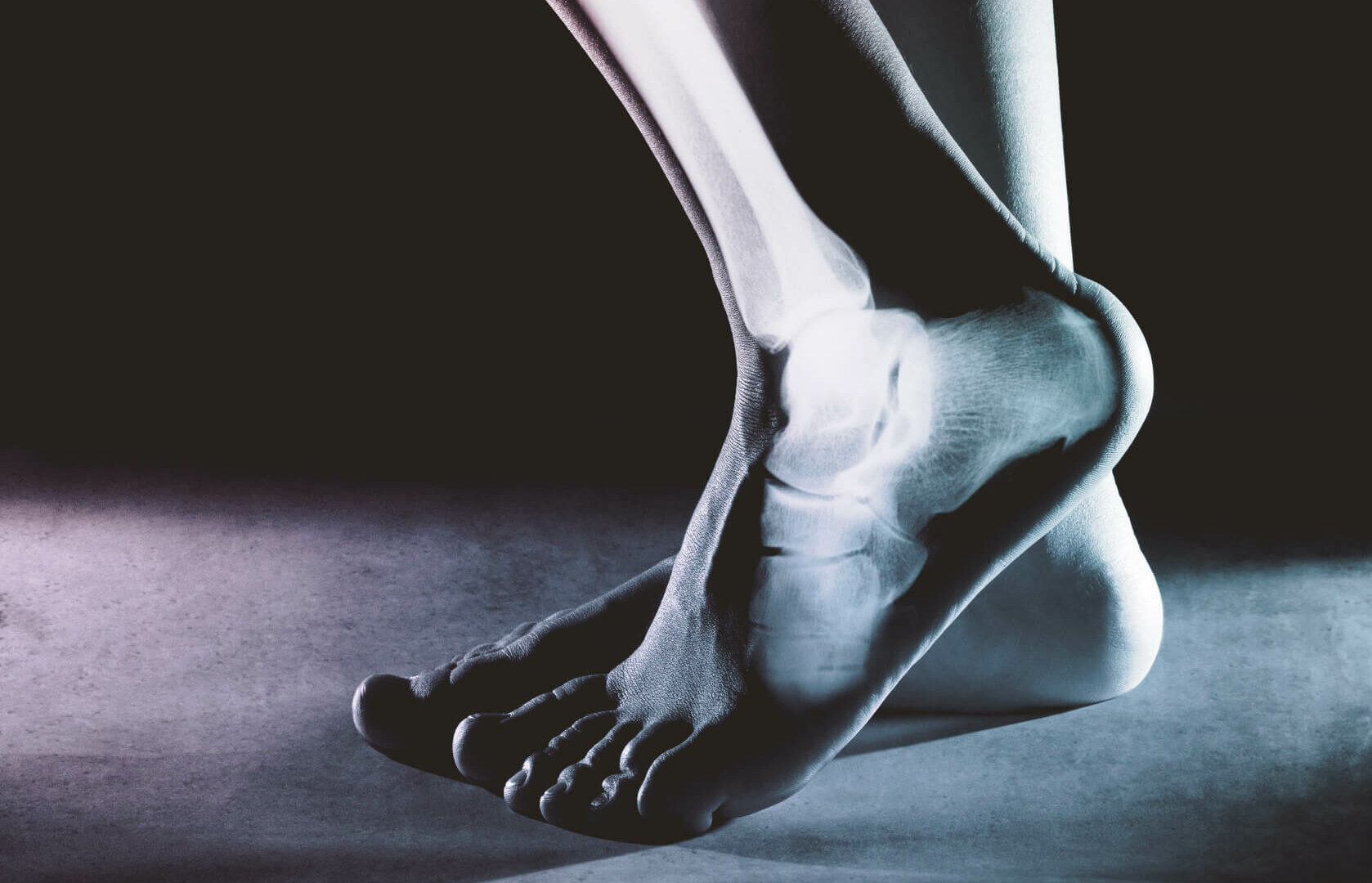Often times when somebody has a sub-par barbell squat the immediate problem places to which everyone looks is almost always the hips. And there is a good reason for this. Most people have awful hip mobility which infringes upon having a good squat. But where do you go with your hips are fine? The ankles, of course. For a some, it is even wise to look at the ankles first, and then go to the hips depending on their athletic history. Even the slightest amount of hypo-mobility in your ankle joint can affect everything you do, even outside of your squat. If you need a good example of this, put on a high-top shoe on one foot and a low top shoe on the other foot. Then go for a walk. See if you can spot the difference.
In fact, the way your build can even affect your ankle mobility. If you look at the differences in gait between an obese person and a non-obese person you will see a stark difference if you look at their feet. To that end, no matter what size you are, we want all the motions of the ankle to be strong AND mobile. So before we get into the exercises, let’s take a look at the motions of the ankle.
Ankle Motions
- Inversion— if you’ll recall, the midline is the imaginary line that separates our left and right half. When you direct the bottom of your foot to point at the midline, this is inversion. Another term for it is pronation of the foot.
- Eversion— the exact opposite of inversion, eversion is where you point the bottom of your foot away from your midline.
- Plantar Flexion— if you have small calves, you’re no doubt familiar with this motion. Plantar flexion is the act of increasing the angle between the top of your foot and shin, as in a calf raise or standing on your tip-toes.
- Dorsiflexion— the act of decreasing the angle between the top of the foot and the shin such as in the bottom position of the squat.
All of these motions are integral for not just our lifting, but our life in general. Take walking, for example. When you walk, your ankle starts with some dorsiflexion and inversion. The heel hits on the outside, our foot hits the ground, and we start to move into eversion with the force going through the middle of our foot. As that happens, each toe hits the ground in succession as your ankle moves into dorsiflexion and eversion, ending with you pushing off the ball of your foot and big toe into plantar flexion.
So with a complex motion like walking it’s prudent to make sure you do it with the proper mechanics. So the first of the exercises will focus on making sure you can execute the mechanics.
Exercises
Walking mechanics
The first one, as mentioned, will focus on getting your walking mechanics down. The idea is to think of this as “walking lite” since you aren’t taking full steps. You want to focus on feeling your weight transfer from the outside heel to the inside ball of your foot. Imagine half of an X drawn on your foot as you do this to help with visual. As you perform it, go from back to front and front to back.
Squat walks
Once you have your mechanics down, we can add some loading to these motions to strengthen them. Believe it or not, all you need to do to add some loading is to walk in a squat position. Aside from that, the same rules apply here as they did for your basic walking mechanics. Make sure to feel the change and control it. Start slow, if needed. If it’s too difficult to pop into a full squat and maintain cognizance of your mechanics, try a half squat, or somewhere in between standing and squatting.
One legged jump roping
This might be one of my favorite exercises due to the sheer amount of versatility it offers. On one hand, you can get some quality HIIT in with this one once you perfect it. In addition to that, it provides a serious pump for the calves. All that aside, it keeps your ankle plantar flexed and the compression forces help strengthen it. To perfect it, make sure you are keeping your knee bend to an absolute minimum. If you need to regress because you can’t clear the rope, practice without the rope.
Circular articulation
You can progress in this like you can that walking mechanics. That is, you can start standing, and move to a squat position to make it more taxing. Just like in the walking mechanics, you want to feel the ankle joint move through each position as you perform the circular motion.
Lateral sled pulling
All this is is a simple take on a classic GPP move. More often than not, you pull the sled forward, and sometimes backward. In this one, you just take your harness and move it sideways so that you can walk to the left or to the right. You’ll want to lighten the load compared to what you use for your forward sled pulling, and like before, you want to add some focus to the ankles by focusing on them as well as your hips. As a bonus, you can program these in for some interval training, though the result shouldn’t be as intense as your other HIIT forms.
Conclusion
A quick word about weightlifting shoes: if you have terrible ankle mobility, the shoes will help you sink deeper into a barbell squat. The key is to not let the shoes become a Band-Aid to overcompensate for your lack of ankle mobility. As for applying these particular exercises to your routine, there are a few different ways you can go about it.
For the walking mechanics, I do these before any leg workout. I am at the point now where I just drop into a squat and walk about ten steps for two sets. Another good option is to do them in between sets of squats. The same goes for your circular articulations.
As for the one legged jump roping and the sled pulling, I look to include those as either finishers or on separate days altogether. For the jump rope, a good starting point is 50 jumps per leg for two sets. As you get stronger, aim for 75 jumps for three sets. For the sled pulling, I like to do the lateral walks after I do my other HIIT work so I can focus on my hip and ankles movements for them. For all these and their implementing, the limiting factors are your time and creativity.

